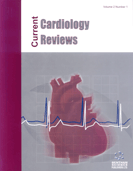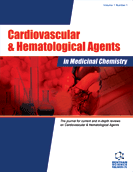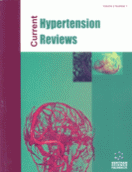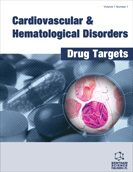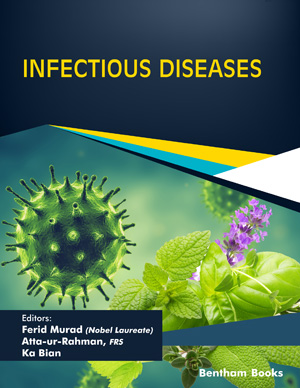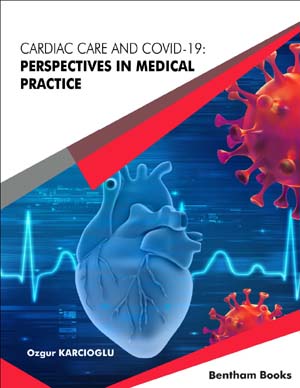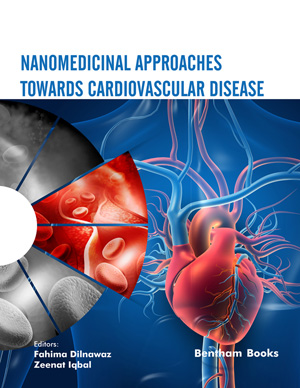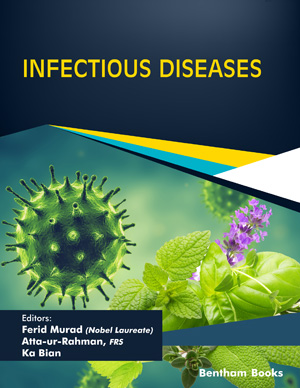Abstract
Successful infant heart transplantation has now been performed for over 25 years. Assessment of long term outcomes is now possible. We report clinical outcomes for322 patients who received their heart transplant during infancy. Actuarial graft survival for newborn recipients is 59% at 25 years. Survival has improved in the most recent era. Cardiac allograft vasculopathy is the most important late cause of death with an actuarial incidence at 25 years of 35%. Posttransplant lymphoma is estimated to occur in 20% of infant recipients by25 years. Chronic kidney disease grade 3 or worse is present in 31% of survivors. The epidemiology of infant heart transplantation has changed through the years as the results for staged repair improved and donor resources remained stagnant. Most centers now employ staged repair for hypoplastic left heart syndrome and similar extreme forms of congenital heart disease. Techniques for staged repair, including the hybrid procedure, are described. The lack of donors is described with particular note regarding decreased donors due to newer programs for appropriate infant sleep positioning and infant car seats. ABO incompatible donors are a newer resource for maximizing donor resources, as is donation after circulatory determination of death and techniques to properly utilize more donors by expanding the criteria for what is an acceptable donor. An immunological advantage for the youngest recipients has long been postulated, and evaluation of this phenomenon may provide clues to the development of accommodation and/or tolerance.
Keywords: Clinical outcome, congenital heart disease, donor issues, infant heart transplant, hypoplastic left heart syndrome, indications for transplant, post-transplant, lymphoproliferative, ABO, HLHS, hybrid procedure, donor
Current Cardiology Reviews
Title: Heart Transplantation for Congenital Heart Disease in the First Year of Life
Volume: 7 Issue: 2
Author(s): Richard E. Chinnock and Leonard L. Bailey
Affiliation:
Keywords: Clinical outcome, congenital heart disease, donor issues, infant heart transplant, hypoplastic left heart syndrome, indications for transplant, post-transplant, lymphoproliferative, ABO, HLHS, hybrid procedure, donor
Abstract: Successful infant heart transplantation has now been performed for over 25 years. Assessment of long term outcomes is now possible. We report clinical outcomes for322 patients who received their heart transplant during infancy. Actuarial graft survival for newborn recipients is 59% at 25 years. Survival has improved in the most recent era. Cardiac allograft vasculopathy is the most important late cause of death with an actuarial incidence at 25 years of 35%. Posttransplant lymphoma is estimated to occur in 20% of infant recipients by25 years. Chronic kidney disease grade 3 or worse is present in 31% of survivors. The epidemiology of infant heart transplantation has changed through the years as the results for staged repair improved and donor resources remained stagnant. Most centers now employ staged repair for hypoplastic left heart syndrome and similar extreme forms of congenital heart disease. Techniques for staged repair, including the hybrid procedure, are described. The lack of donors is described with particular note regarding decreased donors due to newer programs for appropriate infant sleep positioning and infant car seats. ABO incompatible donors are a newer resource for maximizing donor resources, as is donation after circulatory determination of death and techniques to properly utilize more donors by expanding the criteria for what is an acceptable donor. An immunological advantage for the youngest recipients has long been postulated, and evaluation of this phenomenon may provide clues to the development of accommodation and/or tolerance.
Export Options
About this article
Cite this article as:
E. Chinnock Richard and L. Bailey Leonard, Heart Transplantation for Congenital Heart Disease in the First Year of Life, Current Cardiology Reviews 2011; 7 (2) . https://dx.doi.org/10.2174/157340311797484231
| DOI https://dx.doi.org/10.2174/157340311797484231 |
Print ISSN 1573-403X |
| Publisher Name Bentham Science Publisher |
Online ISSN 1875-6557 |
 11
11
- Author Guidelines
- Bentham Author Support Services (BASS)
- Graphical Abstracts
- Fabricating and Stating False Information
- Research Misconduct
- Post Publication Discussions and Corrections
- Publishing Ethics and Rectitude
- Increase Visibility of Your Article
- Archiving Policies
- Peer Review Workflow
- Order Your Article Before Print
- Promote Your Article
- Manuscript Transfer Facility
- Editorial Policies
- Allegations from Whistleblowers
- Announcements
Related Articles
-
Current Applications of Therapeutic Gases in Neonatal Intensive Care
Current Pediatric Reviews Neuromuscular Disorders in Left Ventricular Hypertrabeculation/Noncompaction
Current Pharmaceutical Design Side Effects of AAS Abuse: An Overview
Mini-Reviews in Medicinal Chemistry Dysfunctions of the Diffusional Membrane Pathways Mediated Hemichannels in Inherited and Acquired Human Diseases
Current Vascular Pharmacology New Insights in Congenital Diaphragmatic Hernia
Current Respiratory Medicine Reviews Infants and Children with Tachycardia: Natural History and Drug Administration
Current Pharmaceutical Design Neurocognitive Monitoring and Care During Pediatric Cardiopulmonary Bypass — Current and Future Directions
Current Cardiology Reviews Interaction of the Heart and Lungs During Exercise: Physiology and Pathophysiology in Children with Congenital Heart Disease
Current Respiratory Medicine Reviews Tetralogy of Fallot and Hypoplastic Left Heart Syndrome – Complex Clinical Phenotypes Meet Complex Genetic Networks
Current Genomics The Patient with a Single Cardiac Ventricle
Current Pediatric Reviews Genetics of Cardiomyopathies: Novel Perspectives with Next Generation Sequencing
Current Pharmaceutical Design Phosphoregulation of Twist1 Provides a Mechanism of Cell Fate Control
Current Medicinal Chemistry Near Infrared Optical Technologies to Illuminate the Status of the Neonatal Brain
Current Pediatric Reviews Therapeutic Utilities of Pediatric Cardiac Catheterization
Current Cardiology Reviews Advances in the Molecular Genetics of Non-syndromic Syndactyly
Current Genomics Resuscitation of the Patient with the Functionally Univentricular Heart
Current Pediatric Reviews Preoperative and Follow up Multi-Detector Row CT Angiography (MDCTA) in the Evaluation of Interrupted Aortic Arch (IAA)
Current Medical Imaging A Systematic Review on Levosimendan in Paediatric Patients
Current Vascular Pharmacology Unfoldomics of Human Genetic Diseases: Illustrative Examples of Ordered and Intrinsically Disordered Members of the Human Diseasome
Protein & Peptide Letters Neurodevelopmental Delay and Intellectual Disability in Pediatric Heart Transplant
Current Psychiatry Reviews


